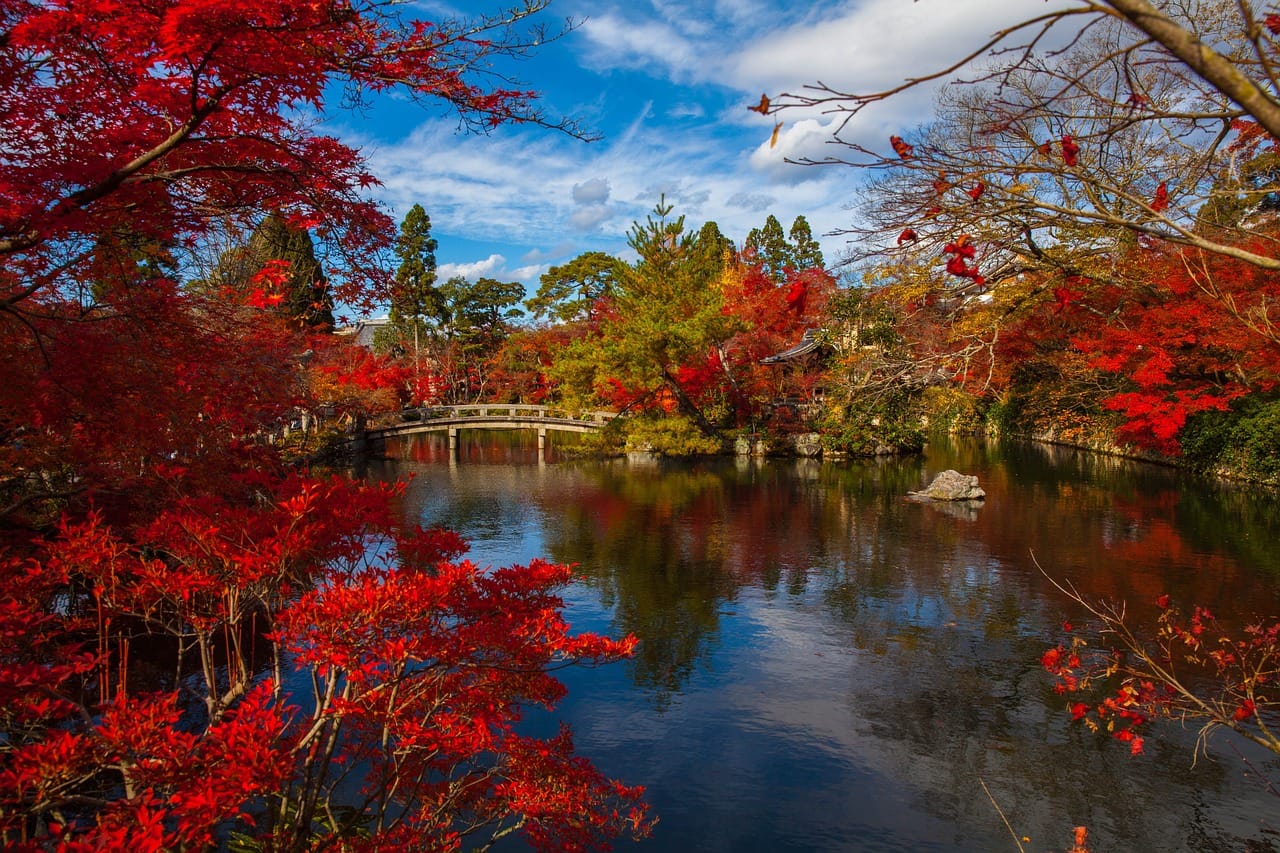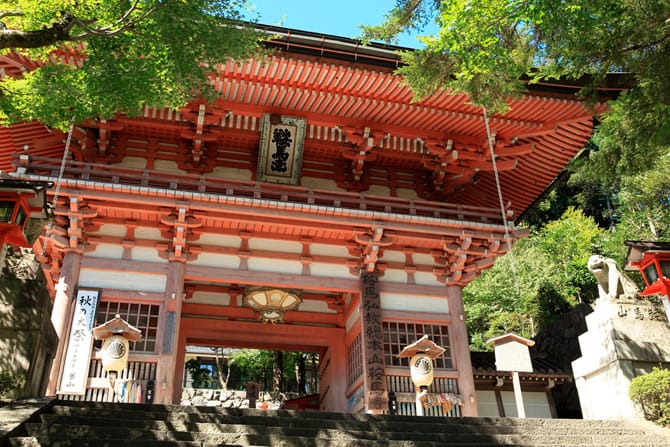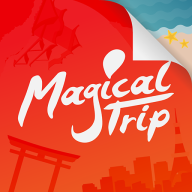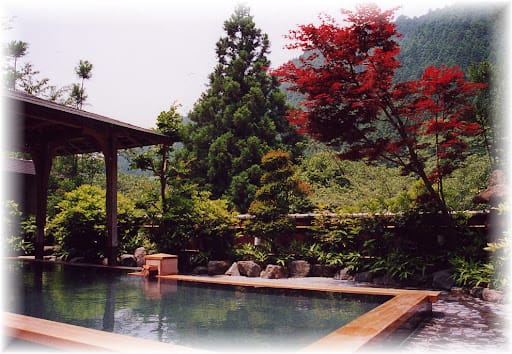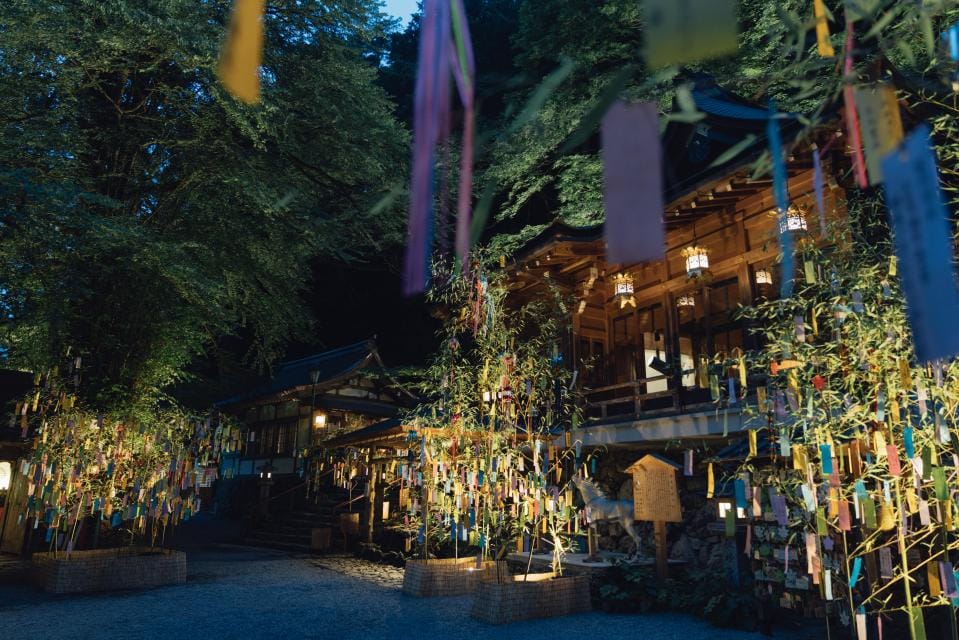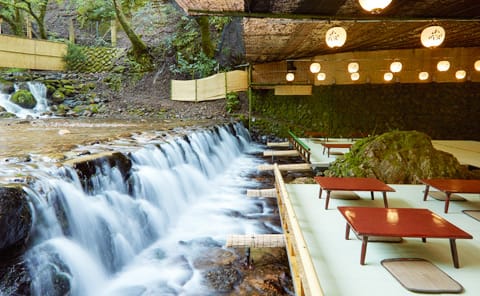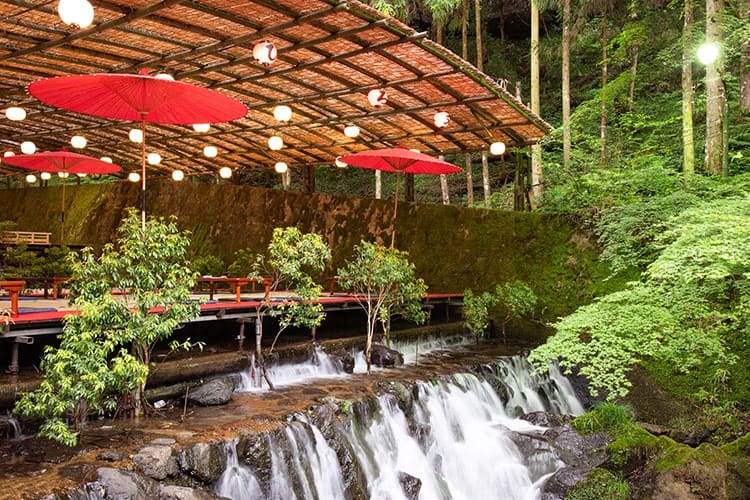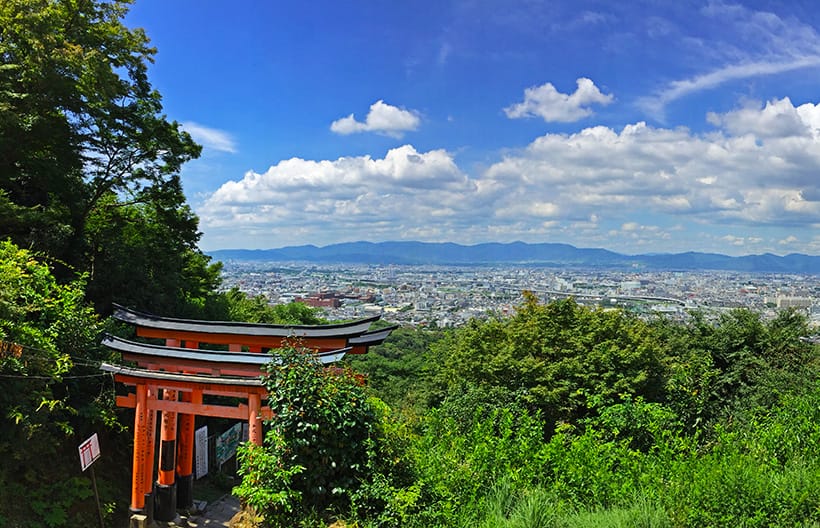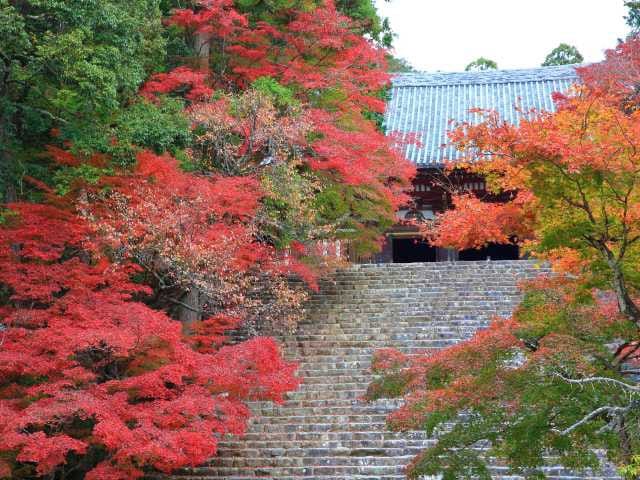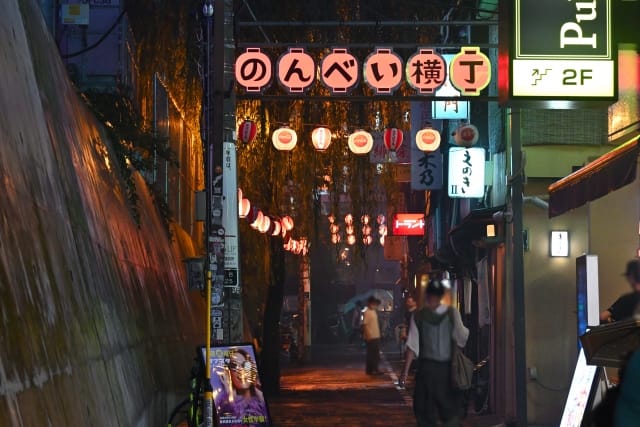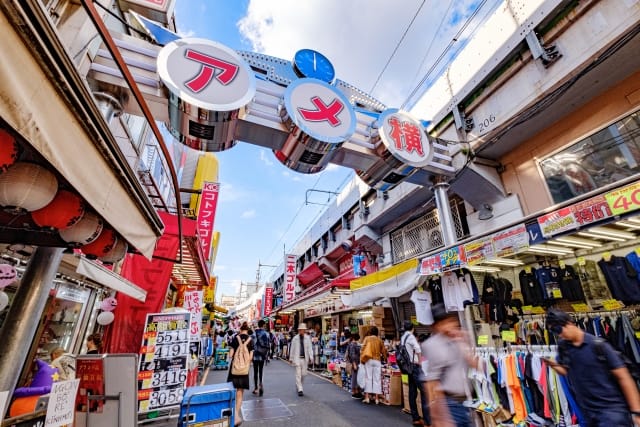Kurama to Kibune Hike: Mt Kurama in Kyoto
I visited Kyoto several times between August and October 2024. I'm updating this article to share the new charms of Kyoto I discovered and to recommend the latest spots worth visiting. In this update, I've also included the newest information about Kyoto for 2025.
Another reason for this update is the growing interest in tours that allow visitors to fully experience Kyoto's traditions and culture.
Due to Kyoto's deep history and traditions, first-time visitors often find it challenging to explore the city efficiently while gaining a deeper understanding. This has led to increasing popularity of guided tours like those offered by Magical Trip, where local guides help tourists navigate the city.
Notably, Magical Trip's tour, which was ranked No.1 among all tours on Tripadvisor in 2024, is experiencing high demand in 2025.

For those interested in Kyoto's traditions and culture, we recommend the following tours where you can experience authentic Kyoto tea ceremonies and Zen meditation:
• Kyoto Tea Ceremony & Kiyomizu-dera Temple Walking Tour
• Kyoto Zen Meditation & Garden Tour at a Zen Temple, including a traditional vegetarian lunch
If you love visiting shrines and temples, try the "Fushimi Inari Hidden Hiking Tour" to discover the hidden charms of Fushimi Inari Shrine.
Whichever tour you choose, it's sure to be an unforgettable experience!
Introduction
Kyoto is one of the most popular tourist destinations, with its traditional Japanese atmosphere appealing to foreigners. In the past, Kyoto was the capital of Japan and the center of the country. As a result, many goods, foods, and cultural elements gathered there.
Even though the capital moved to Edo (now Tokyo), Kyoto still maintains deep-rooted traditions. There are many shrines and temples, and numerous historical buildings. The abundance of nature and its fusion with historical shrines and temples is unparalleled in Japan. The appeal of Kifune and Kurama hiking in Kyoto lies in the ability to walk through nature while experiencing the city's profound history.
This article introduces the Kurama to Kibune area, which is perfect for hiking. We'll also cover the highlights and recommended seasons, so be sure to check them out.
Fushimi Inari-taisha Shrine, famous for its Senbon-torii, is a must-see sightseeing spot when visiting Kyoto.
In fact, did you know that there are two different courses around Fushimi Inari Taisha: a 30-minute course that allows you to see only the must-see spots, and a 2-hour course that allows you to fully enjoy the attractions of the area?
For more details, please see below!
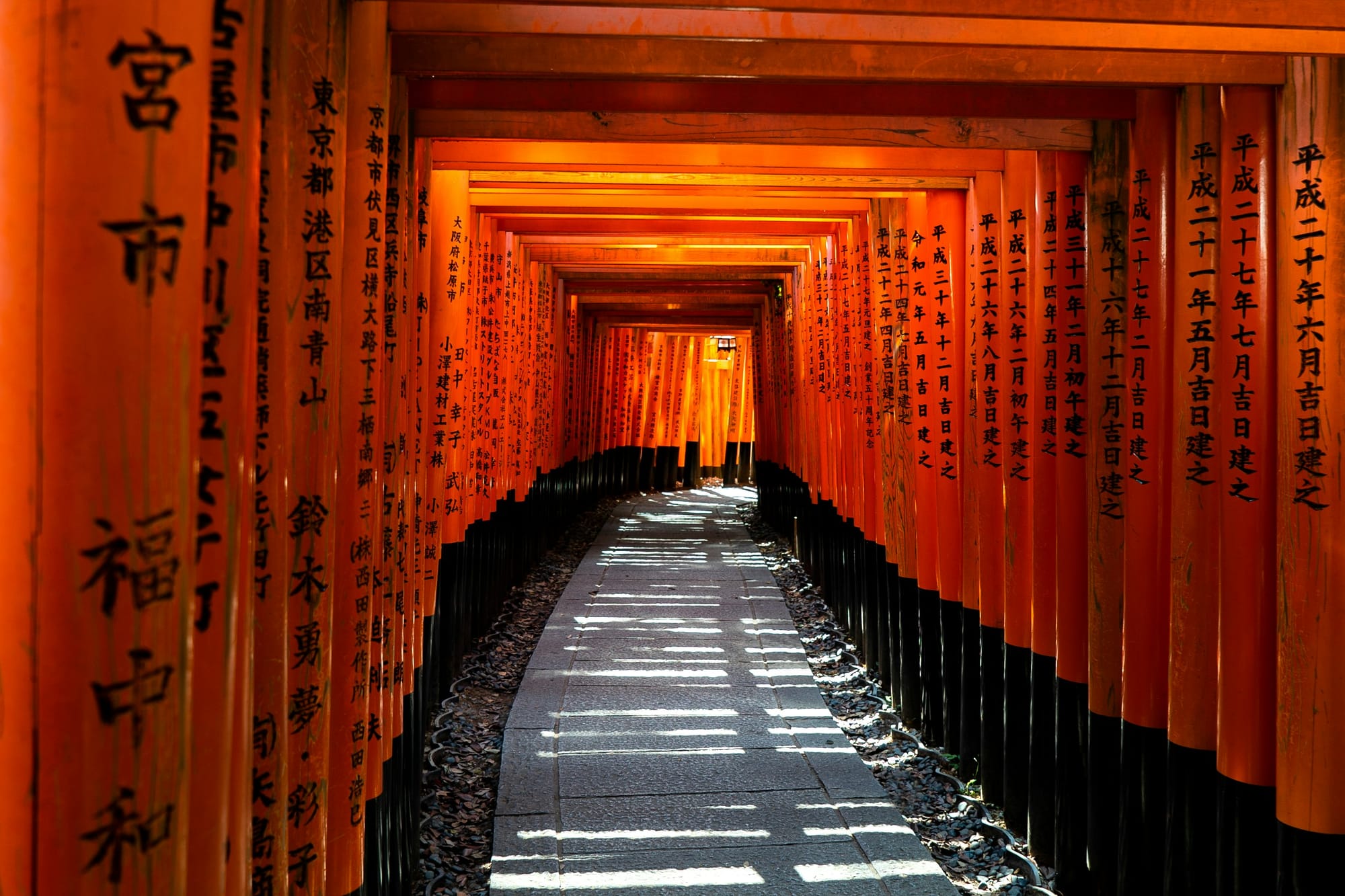
Hiking in Kyoto: A Must for Enjoying Nature and Traditional Culture Simultaneously
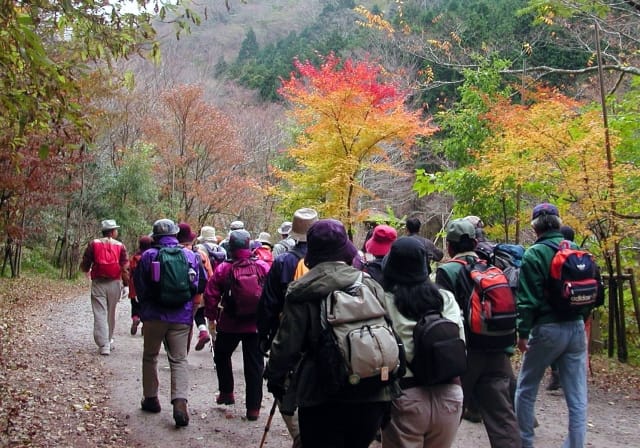
Kyoto City is home to mountainous areas like Mt. Hiei and Mt. Atago, valleys such as Kibune and Kurama, and bamboo forests like Arabikiyama and Arashiyama. In fact, about 74% of Kyoto City's area is forested, with tourist spots and shrines scattered not only in urban areas but also in nature.
The presence of shrines and temples in natural settings is related to the uniquely Japanese religion of Shugendo. This religion aims to enhance spiritual power through mountain training, so many important Shugendo training sites are located in the mountains.
Near Kyoto, there are many places known as Shugendo training grounds, such as Mt. Hiei and Mt. Kurama.
As Kyoto is a tourist destination, you can reach these mountain hiking courses by train or bus. In addition to cherry blossoms in spring and autumn foliage, some places even offer snow views in winter. The ability to experience all four seasons is another attraction of Kifune and Kurama hiking in Kyoto.
With easy access to hiking courses and the ability to experience the seasons, hiking is an essential activity in Kyoto.
Kurama to Kibune Area: A Fusion of Nature, Shrines, Temples, and Traditional Culture
This article introduces the hiking course from Kurama to Kibune. This course offers abundant nature, sightseeing opportunities, and a chance to experience traditions.
The route from Kurama Temple to Kifune Shrine has many downhill sections, making it easier. It's recommended to start your Kifune and Kurama walking adventure from Kurama Station on the Eizan Electric Railway.
There are enjoyable points even on the route to Kurama Temple. From Demachiyanagi Station to Kurama Station on the Eizan Electric Railway, it's recommended to use the panoramic train "Kirara."
Kirara uses large windows to allow passengers to fully enjoy the scenery along the route while feeling like they're on a journey. It's a train that lets you enjoy the scenery throughout the seasons, from cherry blossoms to fresh greenery, autumn foliage, and snowy landscapes.
The Kifune and Kurama hiking from Kurama to Kibune takes about 40 minutes for those with healthy legs and feet, or about 60 minutes if you take your time sightseeing and taking photos.
The next section will explain the power spot "Honden Kondou," the legendary "Okunoin Sandou," and Kifune Shrine where you can experience the four seasons.
Three Must-Visit Spots in the Kurama to Kibune Area
Kurama Temple
source:Jalan
About 3 minutes north of Kurama Station, you'll see the "Nioumon" gate, the entrance to the temple grounds. It's a vermilion gate at the top of a long staircase. From here, you enter Mt. Kurama.
The first highlight is the "Honden Kondou." It enshrines the main deity, which is a trinity of Thousand-Armed Kannon Bodhisattva, Bishamonten, and Gohou Maou-son (Sanat Kumara).
The "Kongoushou" in front of the main hall is one of the best power spots in Kyoto. Standing on the triangular part in the center of the Kongoushou is said to grant you cosmic power.
The second highlight is the "Okunoin Sandou." This is the legendary place where "Ushiwakamaru" (the childhood name of the famous Japanese historical hero Minamoto no Yoshitsune) learned swordsmanship from the legendary yokai "Tengu." The famous "Kinonemichi" (tree root path) is known for its exposed tree roots covering the ground.
Kurama Temple is famous for cherry blossoms in spring and autumn foliage, offering beautiful scenery throughout the seasons. I recommend Kifune and Kurama hiking in October to November to enjoy the autumn colors.
<Information>
・Address: 1074 Kurama Honmachi, Sakyo-ku, Kyoto City, Kyoto Prefecture
・Closed: Open all year round
・Phone Number: 075-741-2003
・Hours: 9:00 AM - 4:15 PM
・Official URL
If you are interested in Kurama Dera Temple, check the article below! I summarized in more details and how I felt there.
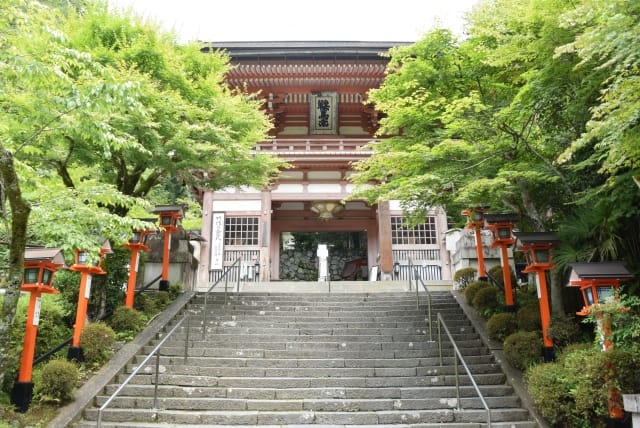
Kurama Onsen
source:Official website
Kurama Onsen is the premier hot spring in the Kurama area and a must-visit attraction. It closed in 2021 due to the COVID-19 pandemic and subsequent typhoon damage. A rebuilding project has since been initiated.
About an hour from downtown Kyoto, Kurama Onsen offers natural sulfur hot springs. The open-air bath in the quiet mountains not only relaxes your body but also your mind with forest bathing.
I particularly recommend the open-air bath in winter. With everything but the bath covered in snow, you can warm up surrounded by snow-covered nature. As I didn't have much of a snowy image of Kyoto, I was overwhelmed when I visited.
In summer, there's also the "Kawadoko" (riverside dining) which we'll introduce later. You can fully enjoy the hot spring whether on a day trip or overnight stay. Be sure to enjoy the snowy landscape open-air bath in Kyoto.
<Information>
・Address: 520 Kurama Honmachi, Sakyo-ku, Kyoto City, Kyoto Prefecture
・Closed: Temporarily Closed
・Phone Number: 075-741-2131
・Official URL
If you are interested in Hot springs (Onsen), check the article below! I summarized Hot springs I recommend and how I felt each Onsen.
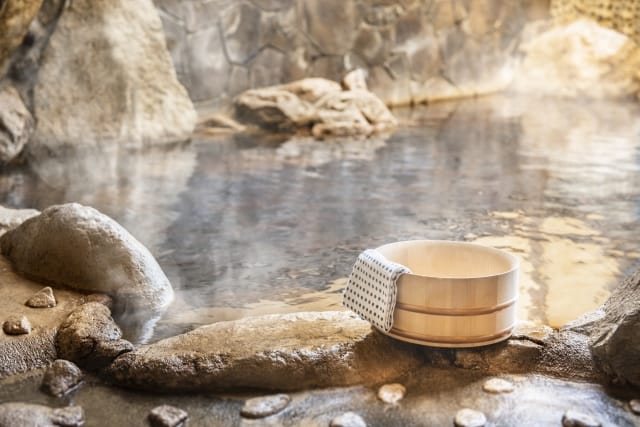
Kifune Shrine
In the Kibune area, there's the spiritually powerful Kifune Shrine.
At Kifune Shrine, the recommended way to worship is called "Sansha mairi." Three shrines are lined up along the river, and it's said that your wishes will come true if you worship in the order of "Honguu" → "Okunomiya" → "Yuinoyashiro." It's a power spot known for benefits in good fortune, matchmaking, and love.
The stone steps leading to the "Honguu" are lined with "Kasuga Tourou" lanterns on both sides, making it a popular photo spot. The scene after sunset when the lanterns are lit is particularly mystical. It's very beautiful, so be sure to take a memorable photo here.
The "Mizuuramikuji" fortune-telling available at the main shrine is extremely popular. First, you draw a seemingly blank piece of paper. When you float this paper on the sacred spring called "Mizuurayuniwa," the characters appear, revealing your fortune.
Water is considered to have benefits and is important to Kifune Shrine. The water fortune-telling is also very accurate and popular, so be sure to try one.
<Information>
・Address: 180 Kurama Kibunecho, Sakyo-ku, Kyoto City, Kyoto Prefecture
・Closed:
・Phone Number: 075-741-2016
・Hours: Honguu Open from 6:00 AM to 8:00 PM (6:00 AM to 6:00 PM from December 1 to April 30)
・Official URL
Overview and Model Course for Kurama to Kibune Area Hiking
Here's a recommended course for Kifune and Kurama hiking from Kurama to Kibune. There are two reasons why the route from Kurama to Kibune is recommended:
1. It has longer downhill sections, making it not too strenuous
2. The lanterns on the approach to Kifune Shrine's "Honguu" are lit after sunset
The route is as follows:
Demachiyanagi Station → Kurama Station → Yuki Shrine → Kurama Temple Honden Kondou → Okunoin Maouden → Kurama Temple West Gate → Rest at a nearby cafe → Arrive at Kifune Shrine → Honguu → Okunomiya → Yuinoyashiro → Kibuneguchi Station → Demachiyanagi Station
Start by taking the panoramic train "Kirara" from Demachiyanagi Station on the Eizan Electric Railway.
Highlights include the panoramic train "Kirara" where you can enjoy the scenery along the route, the "Honden Kondou" where you can receive cosmic power, the "Okunoin Sandou" where Ushiwakamaru trained with the Tengu, and the beautiful lanterns at Kifune Shrine's main shrine after sunset.
With a one-hour cafe stop, you can complete the entire route in about 4-5 hours. If you depart from Demachiyanagi Station around 13:00, you'll arrive at Kifune Shrine just in time for the lantern lighting.
<Information>
・Address: 32-1 Tanaka Kamiyanagi-cho, Sakyo-ku, Kyoto City, Kyoto Prefecture (Demachiyanagi Station)
・Access: Exit the "Eizan Entrance" at Demachiyanagi Station on the Keihan Main Line, turn left, and climb Stairway 7
・Recommended Season: May to June
However, as closing times vary depending on the season, it's recommended to check in advance.
Experience the Famous "Kawadoko" in the Kibune Area
source:Rurubu
"Kawadoko" is a unique Kyoto experience from May to September where you can enjoy meals while listening to the sound of the flowing river. This culture is unique to Kyoto and has long been enjoyed as a way to spend the hot summer coolly.
At Kawadoko, you can taste Kyoto cuisine and kaiseki meals using fresh local ingredients. Ayu (sweetfish) dishes are particularly famous. The fragrant aroma of charcoal-grilled ayu satisfies the appetite of bodies tired from the summer heat.
Meals at Kawadoko are relatively expensive, often costing between 10,000 to 20,000 yen per person. Also, many restaurants require reservations, so be sure to book in advance.
Two Famous Restaurants for Enjoying Kawadoko in the Kibune Area
Kibune Sou
source:Official website
One of the features of "Kibune Sou" is the use of matcha raw materials not as tea, but as an ingredient in dishes. They use tea leaves from Ujitawara in Kyoto, the birthplace of green tea, known for their strong fragrance and solid umami. You can have a new experience with the "tea leaf pot," where tea leaves float in the broth and are eaten with meat and seafood.
Grilled salted ayu is also popular at the Kawadoko. The decorative arrangement called "Ishiniwa" is presented as if the ayu were swimming, making it enjoyable visually as well.
Kibune Sou also offers a "Yukata stroll plan." This plan can be added to your Kawadoko meal, and you can keep the yukata you use as a souvenir of your trip.
<Store Information>
・Address: 50 Kurama Kibune-cho, Sakyo-ku, Kyoto City, Kyoto Prefecture
・Closed: Irregular holidays
・Phone Number: 075-741-2222
・Hours: 11:00 AM - 9:30 PM (Last order: 8:00 PM)
・Official URL
Ryokan Hirobun
source:Official website
"Hirobun" is the only place in the Kibune area where you can experience "nagashi somen" (flowing noodles) from May to September. Reservations for nagashi somen can't be made; you need to line up at the site and receive a fan as a substitute for a numbered ticket.
Nagashi somen is a unique Japanese way of eating where bamboo is cut and connected, and water and somen noodles are flowed through it for people to catch and eat. It's been enjoyed throughout Japan as a summer tradition for a long time.
Nagashi somen is so popular that there might be more than 10 people waiting even if you arrive at 10:00. When I went, I started lining up at 10:30 and was 50th in line after waiting for over an hour. I was guided to the nagashi somen around 13:00 and could experience it for about 15 minutes from 13:15. Experiencing nagashi somen in the cool Kawadoko environment is unique to this place.
For the regular Kawadoko menu, I recommend the "Local chicken sukiyaki." There's also beef sukiyaki, but I ordered this wanting to enjoy sukiyaki more healthily than with beef. The chicken meat with its firm texture and good flavor was very delicious.
Thanks to the Kawadoko, it's cool enough that you can eat sukiyaki without feeling too hot.
<Store Information>
・Address: 87 Kurama Kibune-cho, Sakyo-ku, Kyoto City, Kyoto Prefecture
・Closed:
・Phone Number: 075-741-2147
・Hours: Lunch (Two sessions): (1) 11:00 AM - 1:00 PM, (2) 1:00 PM - 3:00 PM, Dinner: 5:00 PM - 8:00 PM (Last order: 6:00 PM)
・Official URL
October is Recommended for Visiting Kurama Temple: The Kurama Fire Festival
One of the recommended times to visit Kurama Temple is during the "Kurama Fire Festival." The Kurama Fire Festival is held at Yuki Shrine every October 22nd and has a history of nearly 1100 years, originating from a national ceremony in 940 AD.
The festival starts around 18:00. Groups carrying torches up to 5 meters long walk around the village, repeating the call "Sairei, Sairyo." This is called the "torch procession."
Around 20:00, people carrying large torches gather in front of the mountain gate of Kurama Temple for the climax scene. The sight of children and adults walking with torches is very brave and impressive.
The flames of the torches burned at the end are a sight you should definitely burn into your memory.
Note that Kawadoko is not available during this time (Kawadoko is only from May to September). Choose between Kawadoko or the Kurama Fire Festival, whichever interests you more, and visit accordingly.
If you are interested in Events in October, check the article below! I summarized how and where you can enjoy Events as much as possible.
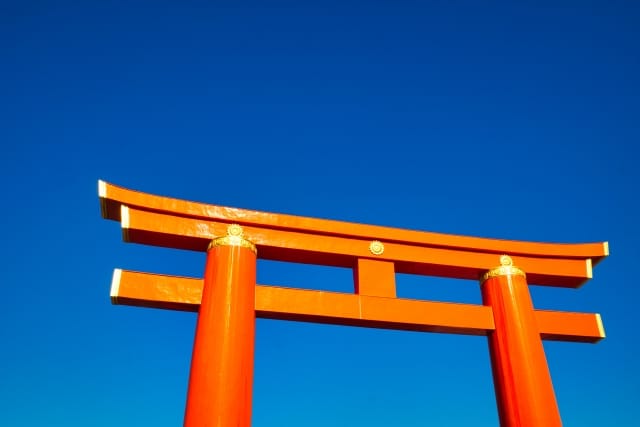
Three Other Recommended Hiking Spots Besides Kurama to Kibune
Mt. Daimonji Hiking
source:YAMAP
The hiking course from Ginkaku-ji Temple to Mt. Daimonji is especially recommended for beginners. With an elevation of 466 meters, it's not a very high mountain, and it's close to the city center. The well-maintained trail from Ginkaku-ji is the reason for this recommendation.
Mt. Daimonji is famous for the "Dai" character being set on fire on the night of August 16th every year. At the fire bed of the "Dai" character, where there are no trees, you can get a panoramic view of Kyoto city. This view from Mt. Daimonji is the highlight of this hiking course.
Fushimi Inari Hiking (Mt. Inari)
source:Inari-Haneikai
This is a 4-kilometer hiking course that starts from the main shrine of Fushimi Inari Taisha Shrine, passes through the famous "Senbon Torii" (thousand torii gates), climbs stone steps, and circles Mt. Inari.
There are also routes that descend at "Mitsutsuji" or "Yotsutsuji" without going to the summit, allowing you to change your route depending on the time you have available.
The entire hiking course is within the grounds of Fushimi Inari Taisha Shrine, so there are torii gates everywhere. I recommend the Fushimi Inari hike for those who, like me, love shrine torii gates.
Takao to Kiyotaki Hiking (Western North Mountains)
source:mapple.com
Finally, I'll introduce a hiking course where you can enjoy the Kiyotaki River valley from Takao. The course has little elevation change overall, and a walking path is well-maintained along the river, making it easy even for hiking beginners.
A bus goes to the "Takao" bus stop, and you start as soon as you get off the bus. As you walk along the river, you can hear the pleasant sound of flowing water throughout. The river's color changes to emerald green or light blue depending on its depth, and as you progress, you'll realize the transparency and beauty of the water.
The recommended time is around November during the autumn foliage season. Takao is also known as a famous spot for autumn colors, and you can see autumn leaves jutting out into the valley and maple leaves flowing on the water surface. It's a short course of about 2 hours, but one where you can feel the nature of Kyoto.
If you are interested in Autumn Leaves in Kyoto, check the article below! I summarized how and where you can enjoy Autumn Leaves as much as possible.
